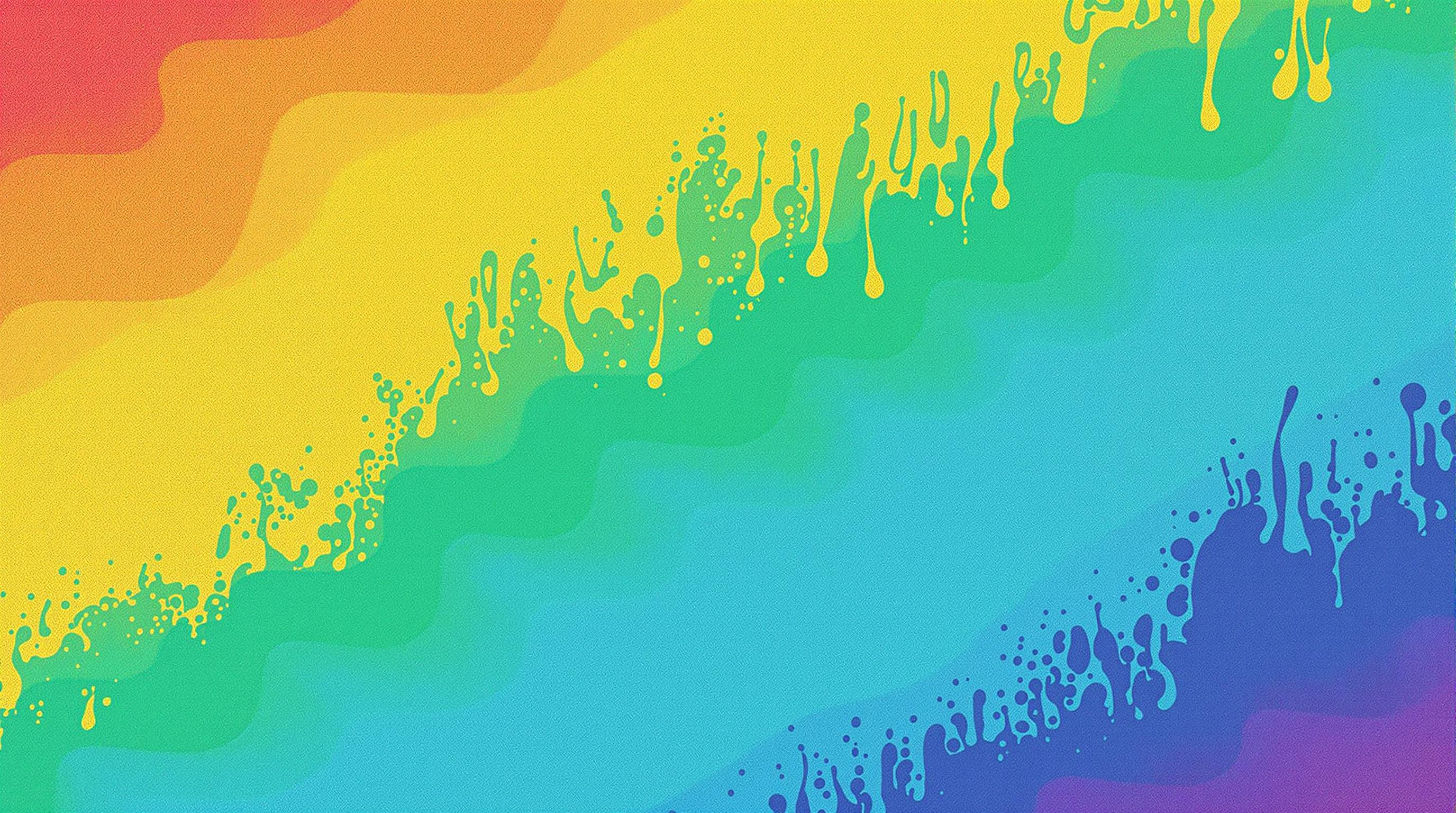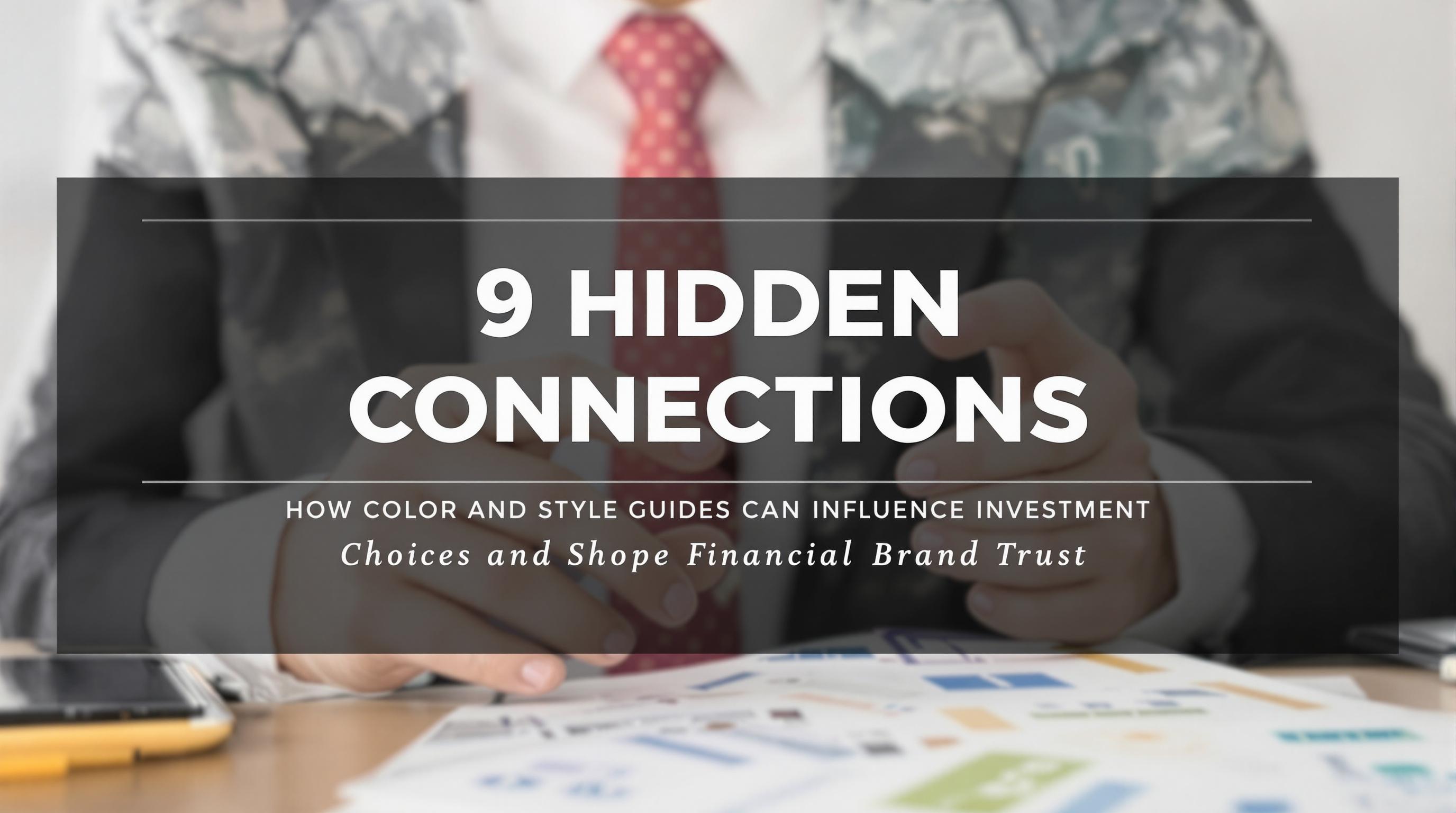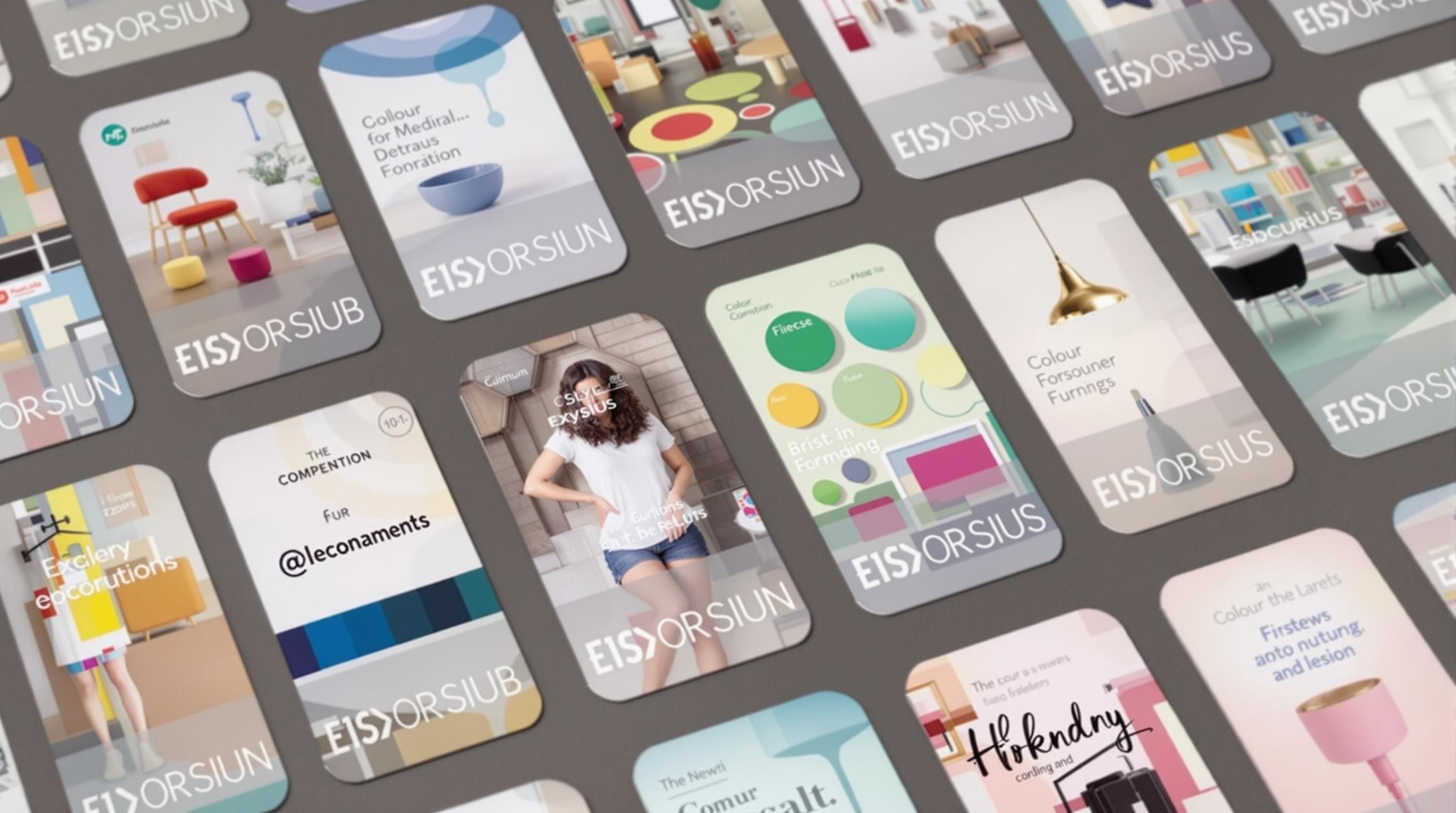Related Articles
- Bizarre Wonders: Crafting Functional Ornaments from Obsolete Household Gadgets and Oddities
- Eco-Chemistry: Innovative Projects Using Upcycled Materials from Your Kitchen for Sustainable Living
- Mystical Metamorphosis: Crafting Enchanted Home Decor from Unwanted Childhood Toys and Forgotten Doll Parts
- Color Cravings: Exploring the Unconventional Links Between Food Choices and Fashion Statements
- Hues of Controversy: The Surprising Ties Between Color Choices and Ethical Consumerism Trends
- Color Waves: Exploring the Impact of Music on Visual Aesthetics in Art and Fashion Choices
Hues of Controversy: The Surprising Ties Between Color Choices and Ethical Consumerism Trends
Hues of Controversy: The Surprising Ties Between Color Choices and Ethical Consumerism Trends
As consumers become more aware of their purchasing power, color choices in branding and marketing are playing surprising roles in ethical consumerism trends. This article explores the intricate ties between color psychology, consumer behavior, and the ethical implications that are often highlighted by these choices.
The Psychology of Color in Marketing
Understanding the psychology of color is essential for marketers aiming to connect deeply with their audience. For example, studies have shown that blue evokes feelings of trust and reliability, making it a favored choice for financial institutions like Chase and American Express. A 2015 study published in the journal *Color Research and Application* indicated that 94% of first impressions are based on color, underlining its significance in consumer decisions. [1]
But it's not just about aesthetics; colors can also convey messages of ethical consideration, sustainability, and social responsibility. For instance, green is universally associated with nature and eco-friendliness, compelling brands to use it to communicate their commitment to ethical practices. This branding tactic is notably employed by companies such as Whole Foods and Seventh Generation, who position themselves as champions of the environment.
What’s Your Favorite Color? The Ethical Dimension
Imagine walking through a mall, making decisions based on the colors that appeal to you—but what if these choices come with ethical responsibilities? A 2020 report showed that 85% of millennials are more likely to purchase products from brands that share their values—green opinions, sustainable practices, and inclusivity included. [2] Such consumers are not simply looking for the prettiest packaging; they seek brands that align with their personal ethics.
Millennials are often pegged as "socially conscious" shoppers, but this is a trend that spans generations. According to a survey by Nielsen, 66% of global consumers are willing to pay more for sustainable brands. Interestingly, colors that evoke emotions of happiness, like yellow and orange, were shown to correlate with brands promoting ethical practices—think brands like TOMS or Ben & Jerry's, who are unabashedly colorful in both their branding and their missions.
Case Study: The Power of Pink
Take, for instance, the case of Pinkwashing, a controversial marketing tactic. Many companies have capitalized on breast cancer awareness month by predominantly using pink in their branding, intending to resonate emotionally with customers and show solidarity. But the issue arises when these companies contribute little to actual breast cancer research, making their color choice seem more like a marketing ploy than genuine advocacy. [3] The public backlash against such brands underscores how color choices in advocacy campaigns can be quite the double-edged sword.
In 2021, many brands faced scrutiny following this phenomenon after they opted for “pinkified” products without committing to relevant donations or actions. Consumers subsequently favored brands like BCRF (Breast Cancer Research Foundation) that transparently communicated their contributions. This phenomenon highlighted how color choices could carry ethical weight that consumers are keenly aware of.
Shopping Trends: Red, Green, and Everything In Between
Speaking of conscious consumerism, did you know that red evokes feelings of urgency? Brands like Target and Coca-Cola utilize red to provoke attention but also to prompt sales urgency. But when it comes to ethical buying, urgency can sometimes mean disregarding the ethics behind the product—a critique often aimed at fast-fashion retailers like H&M and Zara.
Meanwhile, some brands have opted to use sepia tones in their marketing, invoking nostalgia and a sense of craftsmanship—associations that are irresistible for ethical consumers. For instance, brands like Etsy use softer, warmer colors to depict their marketplace of handmade and small-batch goods. Such choices reinforce an ethos of sourcing ethically, suggesting personal touches often lost in mass production.
The Color Red: A Siren or a Sinner?
Yet, the color red is not necessarily synonymous with ethical wrongdoing. Quite the opposite: many ethical brands deliberately incorporate vibrant colors into packaging to catch the eye while serving a righteous cause. Consider the much-lauded (RED) campaign, which utilizes red to promote awareness of health issues such as HIV/AIDS. The campaign cleverly connects color to philanthropic initiatives and has successfully raised over $600 million for the Global Fund. [4]
Maybe They Don’t Like Green? Examining Relevant Scenarios
Where green reigns supreme as the color of sustainability, it doesn’t always resonate with consumers. Take the controversy surrounding certain brands labeled as "greenwashing"—where they market themselves as eco-friendly despite evidence showing otherwise. Fast-food chains like McDonald's have faced significant backlash for their green campaigns, with many consumers skeptically questioning their motives. As discussed in various environmental forums, the misappropriation of green marketing can alienate consumers more than attract them.
The challenge lies not just in the color itself but in how consumers perceive an organization's true intentions. Accusations of greenwashing highlight the necessity for transparency. A 2022 survey reported that 75% of consumers desired clarity in a company’s green initiatives, revealing that companies using green in their branding must tread lightly or risk losing trust. [5]
Color-Driven Decision Making: A Personal Reflection
As an 18-year-old writer, I’ve found that my personal shopping choices are often influenced by colors that stir emotions or provoke thoughts beyond mere aesthetics. One day, while browsing a local thrift store, I stumbled upon a vibrant green jacket. Its cheerful color grabbed my attention and led me to discover the brand’s commitment to sustainable production practices. That jacket has since become a staple in my wardrobe; it not only reflects my style but also symbolizes a choice aligned with my values.
The Bottom Line: Color, Choices, and Change
In a world where consumers wield substantial power, brands must tread carefully. The intersection of color choice and ethical consumerism is intricate and ever-evolving. From vibrant pinks to earthy greens, each hue carries latent messages that consumers decode in their shopping behaviors.
While some may argue that it’s superficial to consider color choices in ethical purchases, the reality is that these choices reflect a larger ideology that consumers are increasingly embracing. A colorful world holds a promise—a promise that what we buy can reflect who we are and what we believe in.
As we forge ahead into the future, expect to see a kaleidoscope of colors shifting in response to consumer ethics and values. The conversation is just beginning, and trust me; it won’t go out of style any time soon.
References
1. Satyendra Singh, "Impact of Color on Marketing," *Color Research and Application*, (2015).
2. Nielsen Global Corporate Sustainability Report, (2020).
3. Kelsey Wheeler, "The Ethics of Pinkwashing," *Ethical Consumer Magazine*, (2021).
4. (RED) Campaign Success Reports, (2022).
5. Global Sustainability Survey, (2022).





